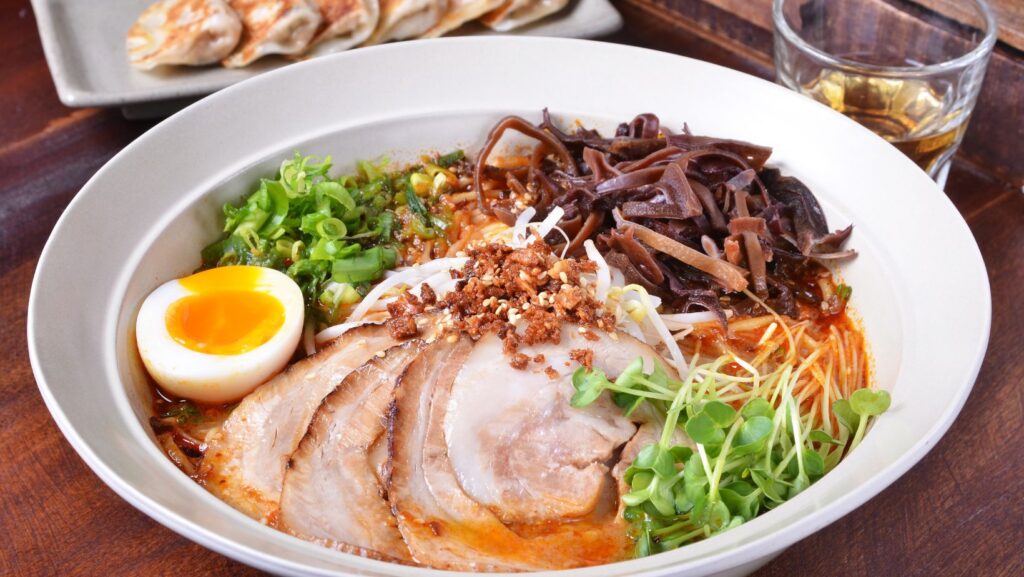We’ve all had those moments when we’re feeling down, stressed, or just in need of a little pick-me-up. That’s when we reach for our favorite comfort foods. But what exactly defines a comfort food? Is it simply something that tastes good, or is there more to it?
This article dives into the heart-warming world of comfort foods, exploring their definition, origins, and why they hold such a special place in our hearts and stomachs. It’s a culinary journey that’ll not only satiate your curiosity but also stir up some delicious memories.
Comfort Foods Definition
 In the realm of gastronomy, comfort foods hold a unique position. Their appeal lies not just in their flavors, but also their emotional resonance. Within this section, we further delve into the term’s origin and its psychological implications.
In the realm of gastronomy, comfort foods hold a unique position. Their appeal lies not just in their flavors, but also their emotional resonance. Within this section, we further delve into the term’s origin and its psychological implications.
Contrary to what one might assume, the term “comfort food” isn’t as old as the concept it represents. It first appeared in print in 1966 through an article in the Palm Beach Post. The article in question, titled “The Joys of Comfort Food,” quoted an unidentified person who attributed a better mood and feelings of calm to consuming specific types of foods. It referred to these foods that could evoke a sense of nostalgia as “comfort foods.” Thus, it’s through this 1966 article that the term was christened.
Psychological Implications of Comfort Foods
 Comfort foods, as the name suggests, have a profound psychological impact. It often evokes a sense of warmth, nostalgia, and calm. Extensive studies conducted by the University of Buffalo and the University of the South concluded that individuals often turn to comfort foods to momentarily escape feelings of loneliness or sadness.
Comfort foods, as the name suggests, have a profound psychological impact. It often evokes a sense of warmth, nostalgia, and calm. Extensive studies conducted by the University of Buffalo and the University of the South concluded that individuals often turn to comfort foods to momentarily escape feelings of loneliness or sadness.
Additionally, Brigham Young University conducted an intriguing experiment. Their results suggested that merely thinking about comfort foods can alleviate feelings of loneliness, indicating that comfort foods’ psychological implications reach beyond the act of consumption itself.
Favorite Comfort Foods Around the World
Globally, comfort foods vary, reflecting diverse culinary traditions. This segment points out the distinctive comfort foods relished in various countries.
Countries and Their Comfort Foods: A Comparative Study
Across the globe, every region has unique and treasured comfort foods that exemplify local tastes.
- United States: Macaroni and cheese, often homemade, symbolizes comfort for many Americans.
- United Kingdom: Shepherd’s pie, a hearty meat and vegetable dish topped with mashed potatoes, takes this title in the UK.
- Canada: Poutine, a filling combination of fries, cheese curds, and gravy, is a beloved Canadian comfort dish.
- Japan: Ramen, a noodle soup dish with varying ingredients, provides solace for many in Japan.
- Italy: Pasta dishes like lasagna satisfy the cravings for comfort food among Italians.
- France: Coq au vin, a chicken dish cooked with wine, often fills the comfort food spot for the French.
- India: Biryani, a fragrant rice dish layered with meat or vegetables and spices, serves as comfort food for many Indians.
- Mexico: Tamales, steamed corn dough packets filled with meats or cheese, deliver comfort to Mexicans.
- Germany: Sausages served with sauerkraut, known as Bratwurst, provide the needed comfort for Germans.
The Effect of Comfort Foods on Emotions
 In seamlessly transitioning from the discussion on global comfort foods, one delves into understanding the profound effect of comfort foods on emotions. The subsequent content enhances one’s understanding of this fascinating subject through a scientific lens.
In seamlessly transitioning from the discussion on global comfort foods, one delves into understanding the profound effect of comfort foods on emotions. The subsequent content enhances one’s understanding of this fascinating subject through a scientific lens.
Science Behind the “Feel Good” Effect of Comfort Foods
Upon consumption of comfort foods, emotions transform. Such transformation isn’t coincidental, but a result of complex neurobiological processes. The key contributor to this ‘feel good’ factor is a neurotransmitter called serotonin. Studies indicate a surge in serotonin levels following the intake of carbohydrate-rich foods, a common characteristic of many comfort foods. This increase induces a state of calmness and contentment, thereby resulting in a temporary emotional uplift.
The physiological correspondence to this lies in the hypothalamic-pituitary-adrenal (HPA) axis, our central stress response system. The interaction between these various systems orchestrates the emotional impact of comfort foods. The soothing effect of comfort foods can also be attributed to conditioned learning, where past positive experiences with certain foods shape one’s future emotional response to them.



